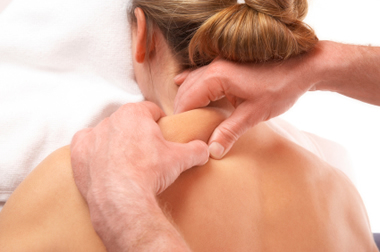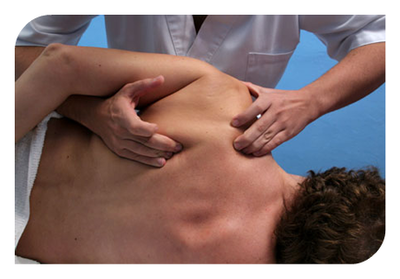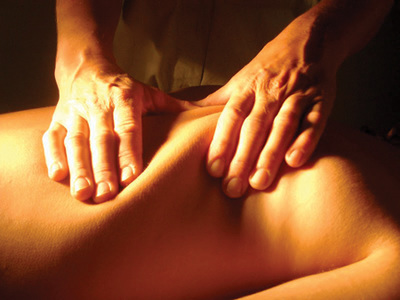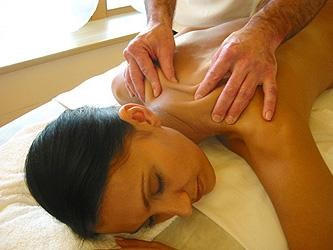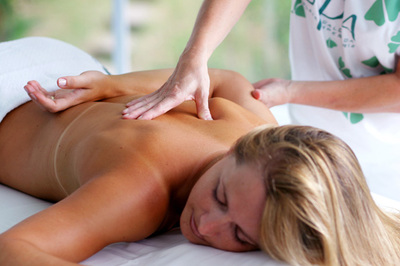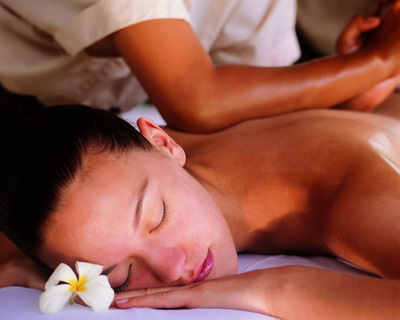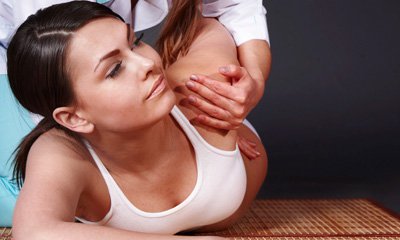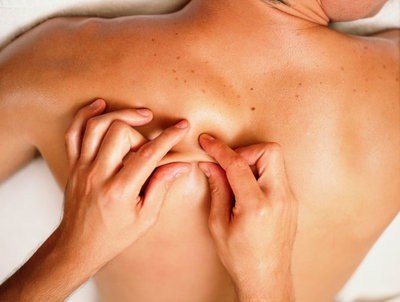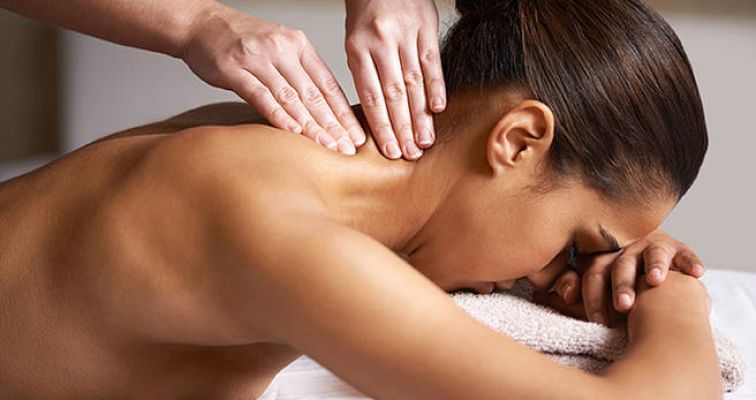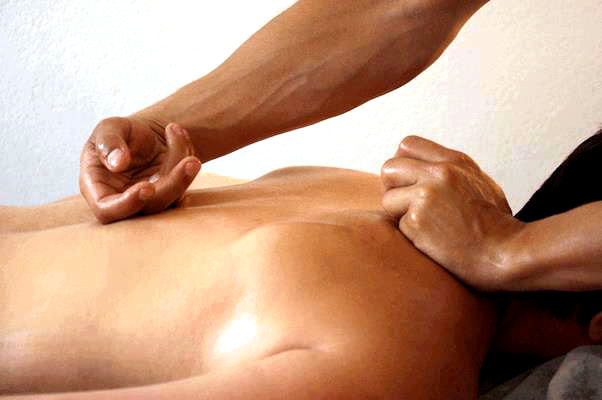- Our project
-
Massages
- Therapeutic Massage
- Relax Massage
- Deep Tissue / Sports Massage
- Lymphatic Drainage Massage
- Couple Massage
- Head, Neck & Shoulders
- Hot Stones Massage
- Hot Herbal Balls Massage
- Bamboo Massage
- Pre & Post Pregnancy Massage
- Tui Na Chinese Massage
- Thai Massage
- Ayurvedic Massage
- Shiatsu Massage
- Foot and Hand Massage / Reflexology
- Special Oils / Candle Massage / Aromatherapy
- Four Hand Massage
- Oriental Abdominal Massage
- Quick Chair Massage
- Massages for Events, Groups, Companies
- HOLISTIC ESTHETICS
- THERAPIES
- Book Online
- Gallery
- Prices
- Contacts
- Nosso Projeto
-
Massagens
- Massagem Terapêutica
- Massagem de Relaxamento
- Massagem Deep Tissue / Desportiva
- Drenagem Linfática
- Cabeça, Pescoço & Ombros
- Massagem Casal
- Massagem Terapêutico com Pindas
- Massagem Pedras Quentes
- Massagem com Bambu
- Massagem Gravidez - Pré-Natal & Pós Parto
- Tui Na Massagem Chinesa
- Massagem Ayurvedica
- Massagem Thai
- Shiatsu
- Reflexologia Oriental
- Massagem Abdominal
- Aromaterapia/ Massagem Com Vela/ Massagem Óleos Especiais
- Massagem 4 Mãos
- Chair Massage
- Massagens para Eventos, Grupos, Empresas
- ESTÉTICA HOLISTICA
- TERAPIAS
- Reservar Online
- Galeria
- Preços
- Contactos
- Our project
-
Massages
- Therapeutic Massage
- Relax Massage
- Deep Tissue / Sports Massage
- Lymphatic Drainage Massage
- Couple Massage
- Head, Neck & Shoulders
- Hot Stones Massage
- Hot Herbal Balls Massage
- Bamboo Massage
- Pre & Post Pregnancy Massage
- Tui Na Chinese Massage
- Thai Massage
- Ayurvedic Massage
- Shiatsu Massage
- Foot and Hand Massage / Reflexology
- Special Oils / Candle Massage / Aromatherapy
- Four Hand Massage
- Oriental Abdominal Massage
- Quick Chair Massage
- Massages for Events, Groups, Companies
- HOLISTIC ESTHETICS
- THERAPIES
- Book Online
- Gallery
- Prices
- Contacts
- Nosso Projeto
-
Massagens
- Massagem Terapêutica
- Massagem de Relaxamento
- Massagem Deep Tissue / Desportiva
- Drenagem Linfática
- Cabeça, Pescoço & Ombros
- Massagem Casal
- Massagem Terapêutico com Pindas
- Massagem Pedras Quentes
- Massagem com Bambu
- Massagem Gravidez - Pré-Natal & Pós Parto
- Tui Na Massagem Chinesa
- Massagem Ayurvedica
- Massagem Thai
- Shiatsu
- Reflexologia Oriental
- Massagem Abdominal
- Aromaterapia/ Massagem Com Vela/ Massagem Óleos Especiais
- Massagem 4 Mãos
- Chair Massage
- Massagens para Eventos, Grupos, Empresas
- ESTÉTICA HOLISTICA
- TERAPIAS
- Reservar Online
- Galeria
- Preços
- Contactos

